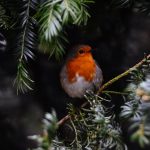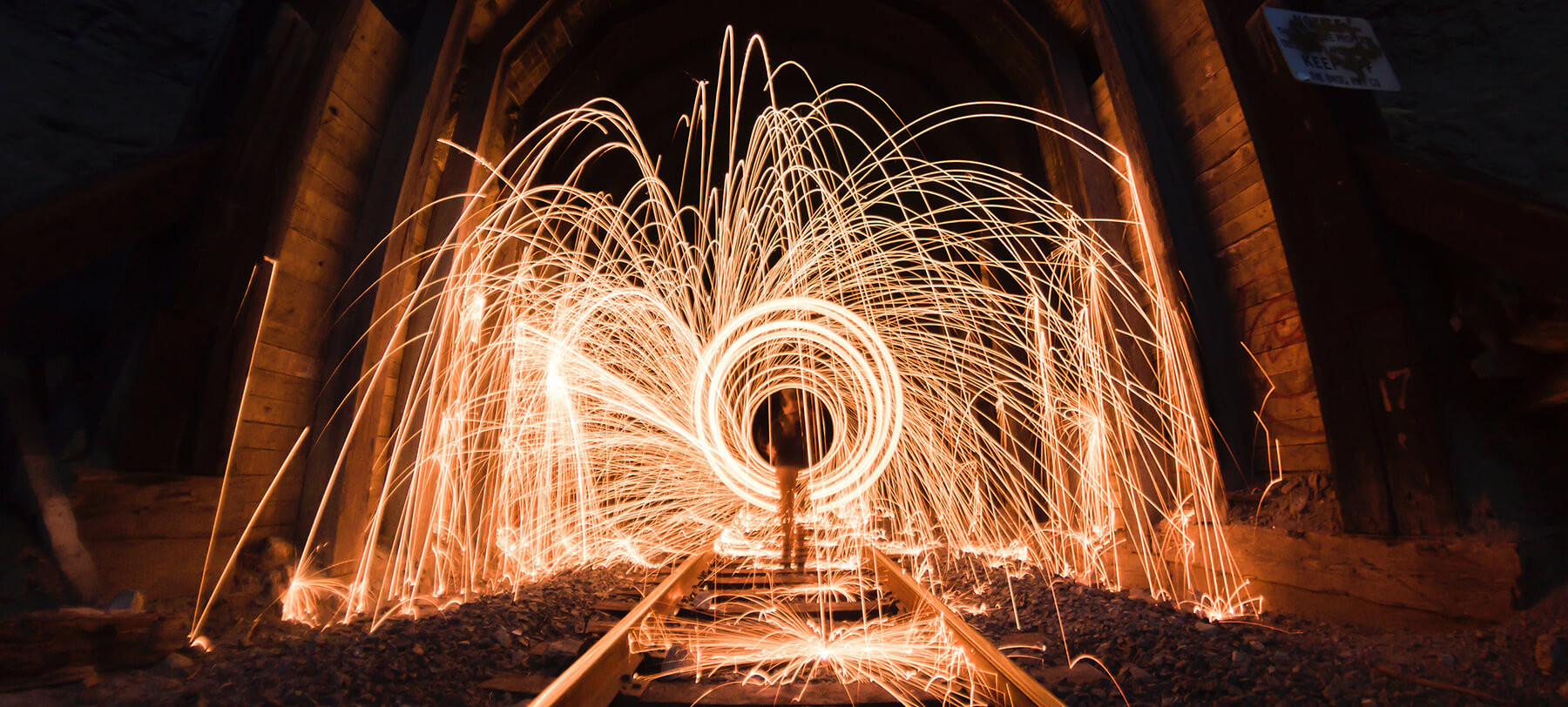
How to capture exciting light trail photographs
Light trails is a great creative technique, and one worth learning. Even for the more advanced photographer, there are ways to keep light trails looking fresh and use them to their greatest potential.
Read time: 6 minutes
The basic concept of light trails is simple: set a slow shutter speed, capture a light source moving across your frame and then revel in your excellent photo. If you’ve never done it before, we’ll explain how. If you’re more experienced, the tips below will still be of use to help ensure your light trail photos are the best they can be.
What you’ll need and how to use it
You don’t need much to take good light trail photos. The bare essentials are a camera with manual exposure settings and a tripod. There are a few additional accessories that can help you get the most out of your photos, though, like ND filters for longer exposures and a remote shutter release to stop you blurring your whole frame. Your camera may already have the latter built in, in the form of a timer. Remote control using your camera’s inbuilt Wi-Fi and a smartphone app may be a possibility, too.
When it comes to settings, the first and most obvious one is a slow shutter speed – without that, there is no light trail. The exact shutter speed will likely have to be gauged with a few test shots.
You may think opting for a wide aperture is the best option given the low light, but depending on what you’re shooting, you may need the larger depth-of-field that a higher f/stop provides.
What to photograph
When it comes to the subject of your light trail photograph, if it’s a light source and it’s moving, it has the potential to be interesting. There are a few subjects that are safer bets than others, though.
One of the most popular is a cityscape. The headlights and tail lights of cars can be a perfect subject, especially if they’re moving quickly. The faster the subject, the longer the light trail. You could opt for a slower shutter speed for longer trails, too.
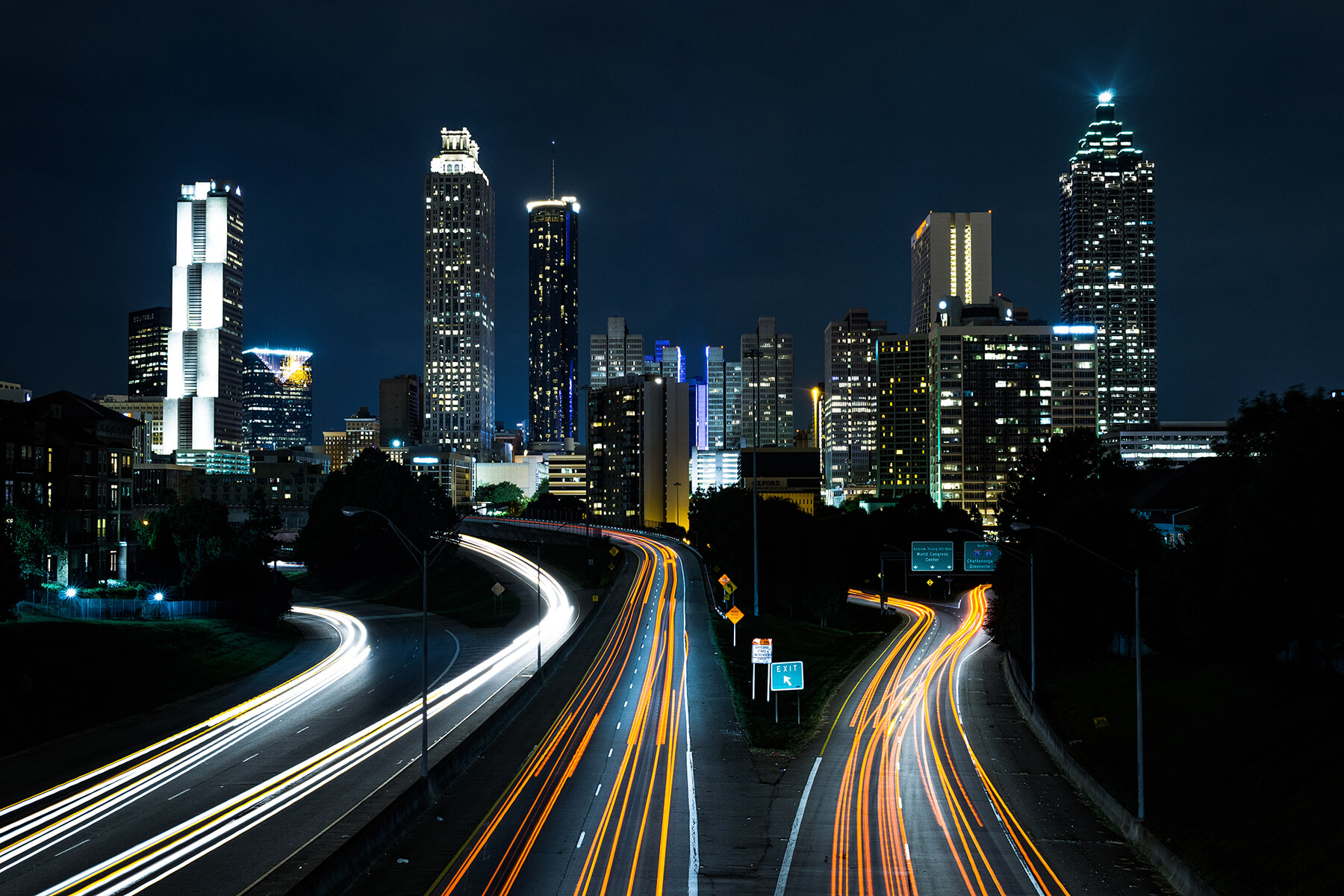
Image These traffic light trails complement the lights of the cityscape beautifully (credit: Joey Kyber)
Another fantastic subject for light trail photography is the night sky. Star trails can make for some truly astounding photos and they’re not especially difficult to capture. An exposure of a few minutes will pick up a little bit of movement, but the process for very long trails actually involves taking many long exposure shots and stacking them in post. In this regard, they’re different to typical light trails. Still, the result is the same, and it’s well worth trying.
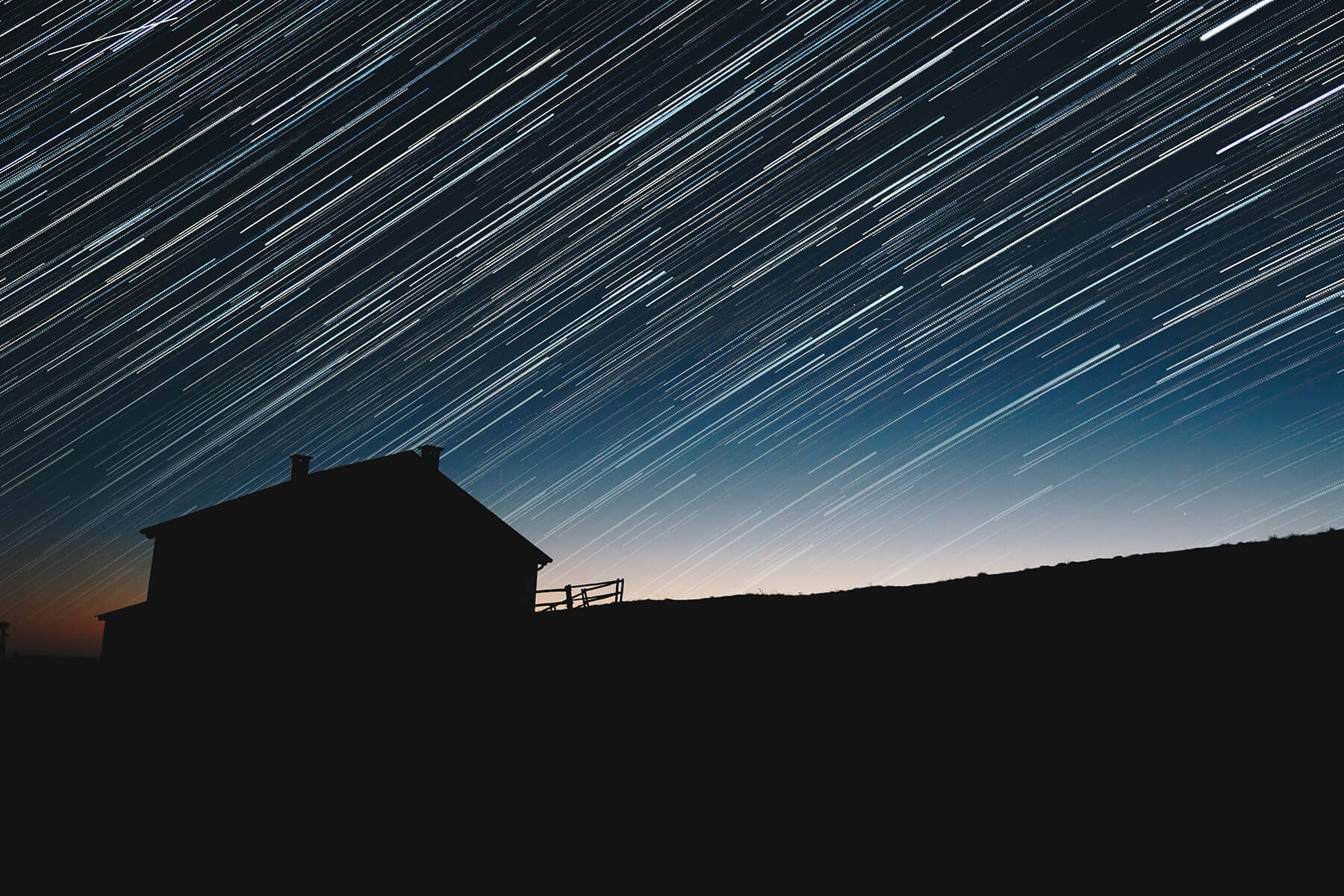
Image These star trails were the result of many accumulative minutes of exposure time (credit: Samuele Errico)
Rather than trying to find a subject, you could always create one. Having someone move any light source across your frame will produce a trail, and results can be surprising! Different light sources such as a sparkler, fire, or a torch will all have different looks. Burning wire wool is also a popular choice – for good reason. Just remember to be careful with any potentially dangerous object.
Depending on the length of your exposure, your other exposure settings and the light source itself, you can capture isolated light trails on a black background, or ones as part of a scene. In either case, you have almost complete control over how the light trails look, which means the creative possibilities are almost endless.
Click the images to see a larger view
Images These photos perfectly illustrate light trails made with fire, LED lights and burning wire wool
What to remember
We’ve covered the how-to and given you our creative suggestions, but we’re not though yet. There are a few basic things to avoid that can take your light trail photos from good to great.
First, don’t overexpose your photo. It’s a basic tip, but one that’s easily overlooked. We’re not talking about your trail – you’ll probably be paying close attention to that – we’re talking about any other bright spot in the frame that you may take your eye off. During the long exposure needed for your trail, just a small, unwanted bright point can be enough to ruin a photo.
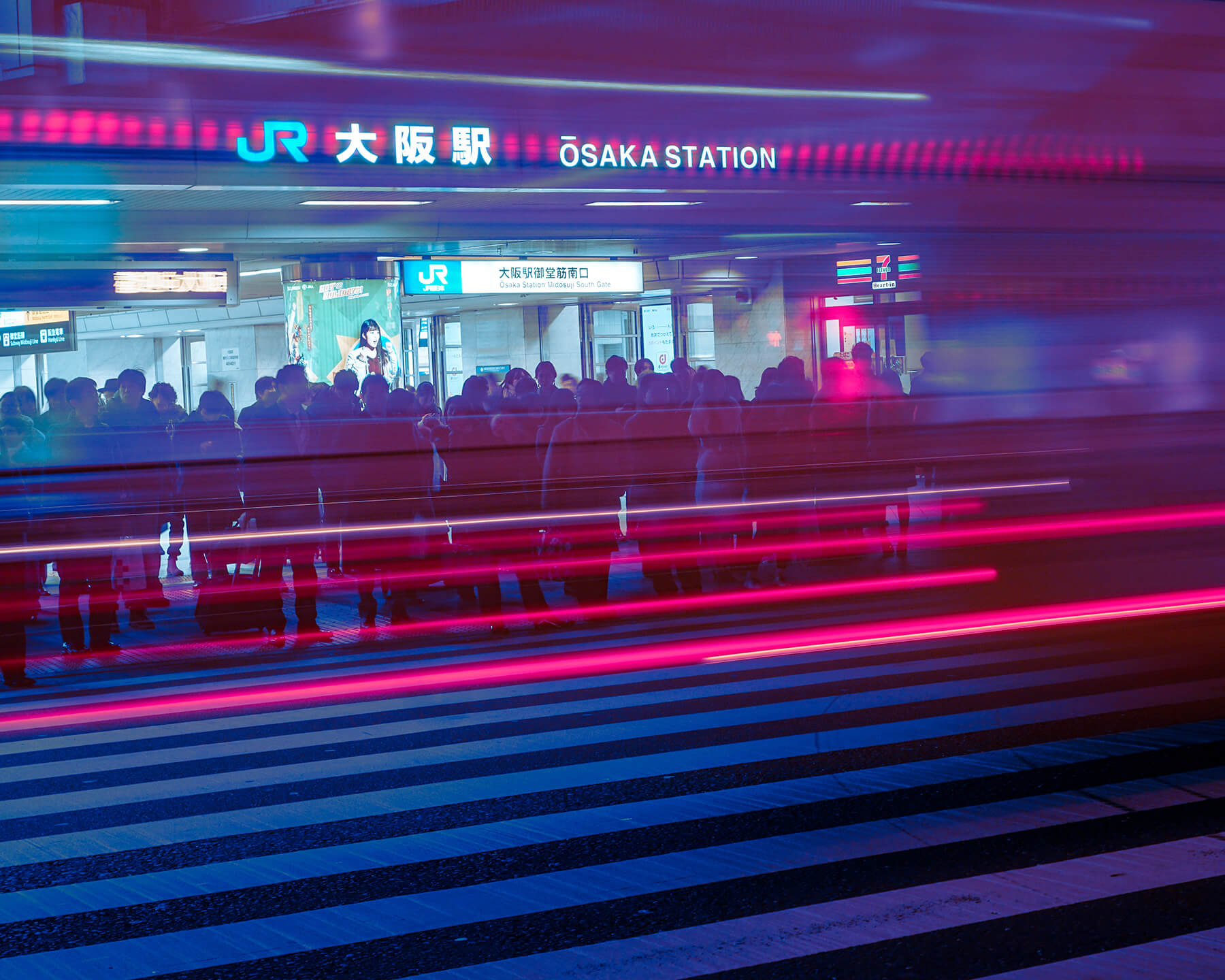
Image Here, the photographer was careful not to overexpose the numerous other light sources in the photo (credit: Ling Tang)
Most light trail photos are taken in the dark, but that doesn’t have to be the case. We’re not suggesting shooting in broad daylight, because that’s probably not going to work too well, but if you see a good opportunity, don’t be afraid to take it just because it’s not pitch black. This is where the ND filter we mentioned earlier can come in handy.
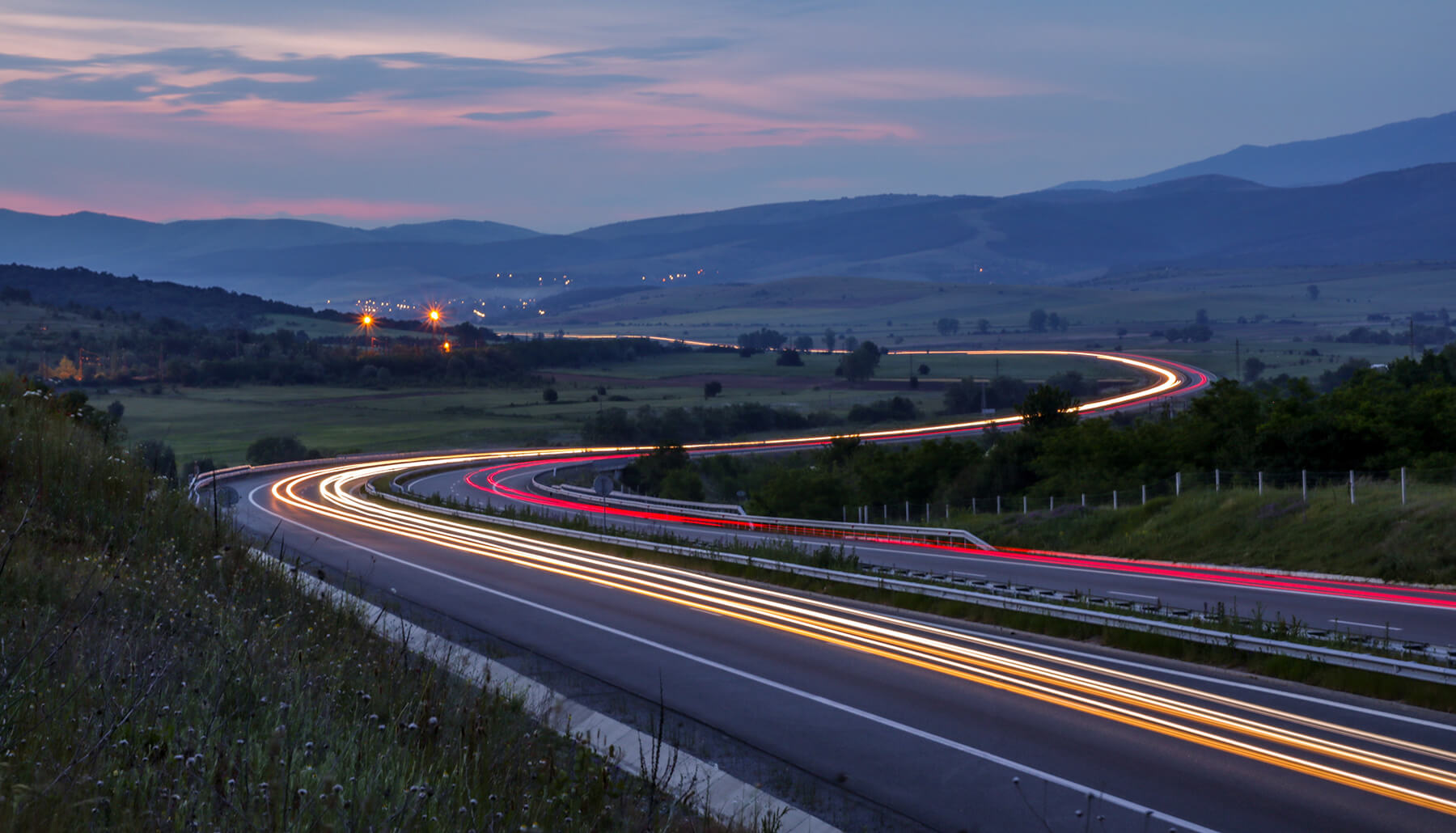
Image Taken at dusk, this photo combines a pleasing landscape and flowing light trails (credit: Viktor Kiryanov)
Our next tip mainly applies to cityscapes, and it’s all to do with direction. Unless it’s a creative choice, it’s often best to capture fairly straight trails. Leading lines can always be of benefit to a photo and if there are many light sources moving in many directions, your frame can become chaotic quickly.
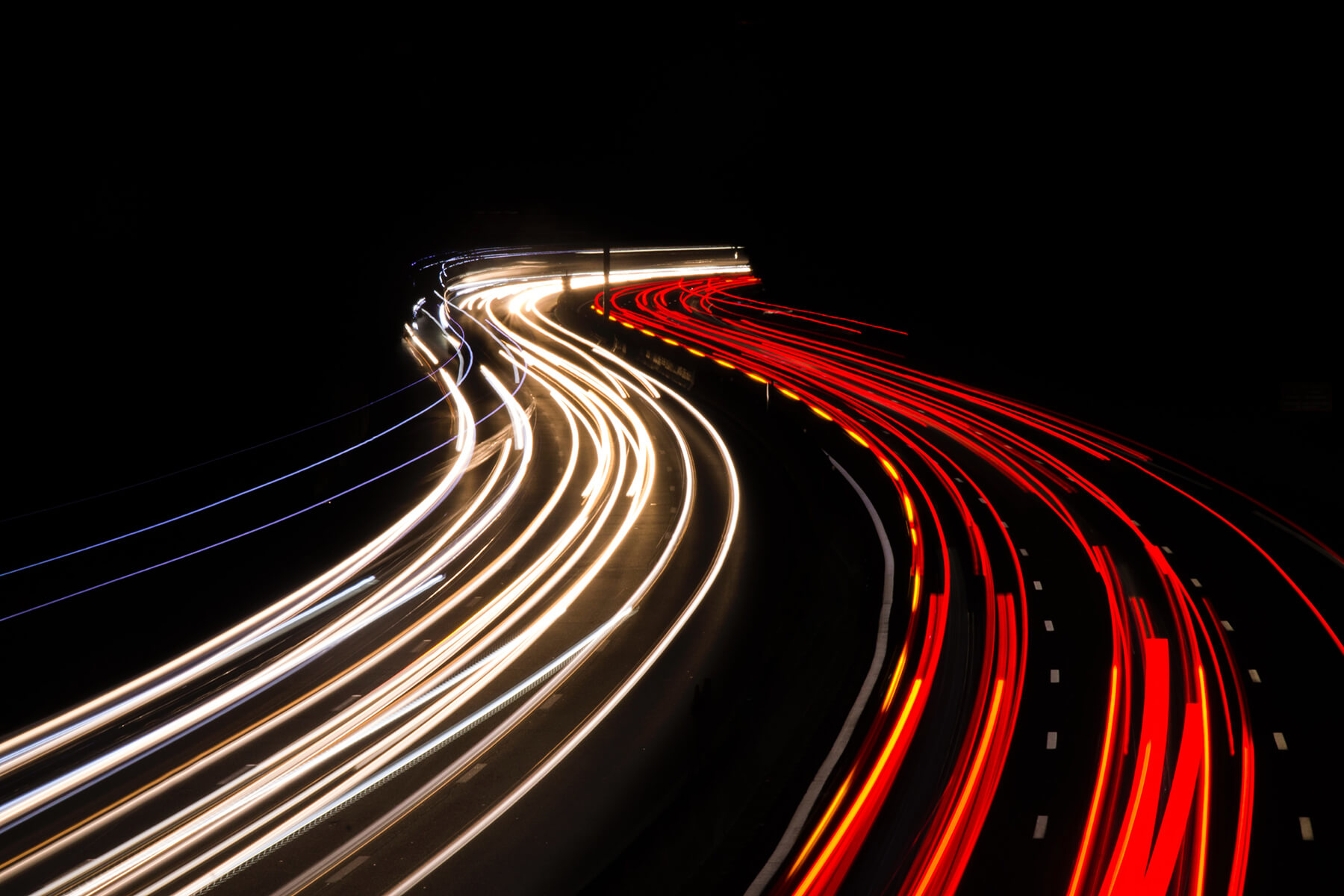
Image These light trails flow in the same direction, drawing the viewer deeper into the frame (credit: Robin Pierre)
Finally, here’s an important one to remember: a light trail alone may not be enough. When we say light trails can make for amazing photos, we mean it, but if you’re looking for a truly great photo, you might need something more. Whether it’s great surroundings or something different altogether, anything that adds another element to your photo can take it to the next level.
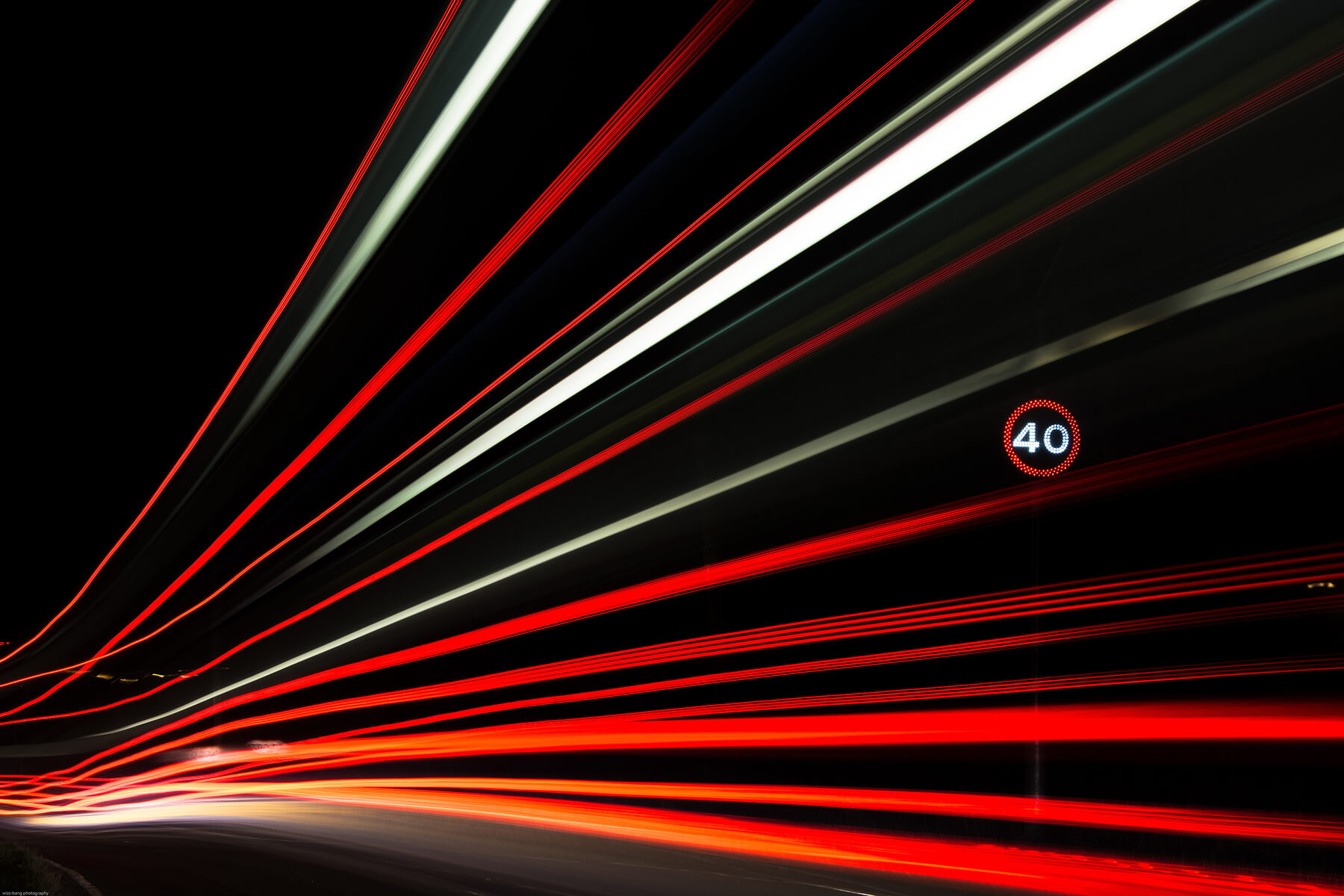
Image Here, the light trails filling the frame are almost the entire subject matter of the shot, but typically, this isn’t the case (credit: Paul Smith)
If you’ve got some great light trails in the bank, or if we’ve inspired you to shoot your first one, show us! Tag us on social media using the handle @PhotonewsPN.
Have you become a Photography News member yet? Sign up and read the online issue for free every month. Don’t forget to tick to receive our newsletter to get notified of the new issue, exclusive offers and competitions.


